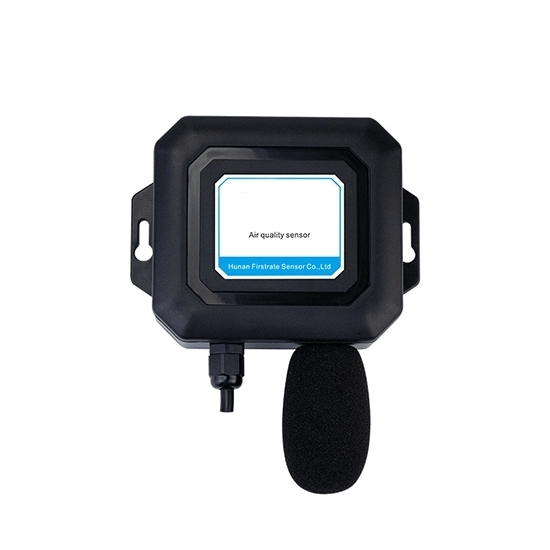
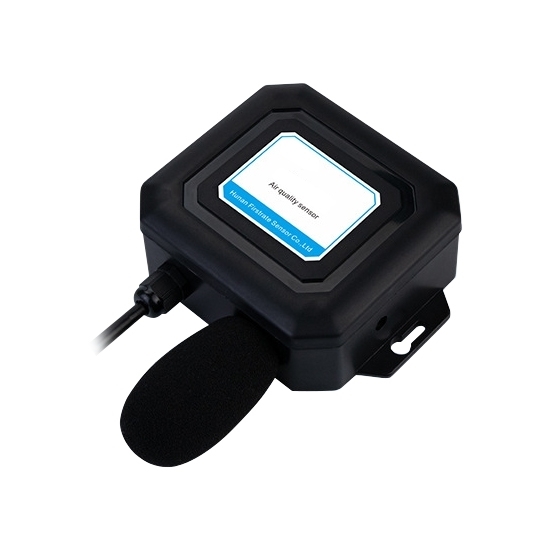
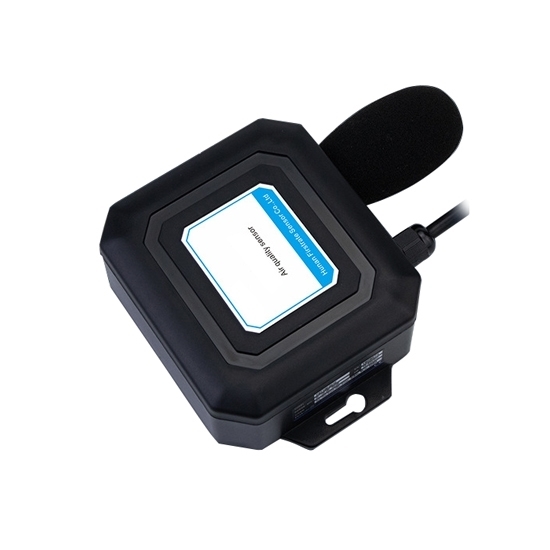
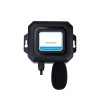
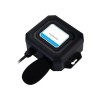
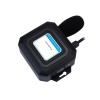
- Stock: In Stock
- Model: RDDLZ-NS-WM485
- Weight: 1.00
- SKU: RDDLZ-NS-WM485
Available Options
This wall-mounted noise detection sensor from RDDLZ is suitable for home and indoor environments, with a measurement range of 30~120dB and a frequency coverage of 20Hz to 12.5KHz, with a high accuracy of ±0.5dB, providing reliable noise detection. It supports RS485 (Modbus RTU communication protocol) and 4-20mA two kinds of signal output optional, adapting to a variety of application scenarios. Its high protection housing and condenser microphone ensure stable operation in the temperature range of -20℃ to 60℃. Whether it is home noise detection or indoor noise monitoring, this noise detector provides you with accurate data and reliable performance. The easy-to-install wall-mount design makes your noise detection even easier and more efficient.
Specification
| Model | RDDLZ-BRW100-2010 |
| Range | 30~120dB |
| Frequency | 20Hz~12.5KHz |
| High Accuracy | ±0.5dB |
| General Accuracy | 2%FS±0.5dB (at reference pitch, 94dB@1kHz) |
| Signal | RS485 (Modbus RTU communication protocol) / 4-20mA (optional) |
| Analog Signal | 1.2W |
| Digital Signal | 0.4W |
| Operating Temperature | -20℃~60℃ |
| Operating Humidity | 0~80%RH |
| Storage Temperature | -20℃~80℃ |
| Microphone | Condenser microphone |
| Electrical Connection | Direct lead |
| Enclosure | High protection housing |
| Mounting | Wall mounted |
| Occasion | Indoor |
| Weight | 1kg |
Feature
- This noise detector has a wide measuring range and good linearity with a range up to 30dB~120dB.
- Adopt high sensitivity condenser microphone, more stable signal, high precision.
- IP65 high protection level shell, high-density material, inside the waterproof strip closed to protect the circuit board, can be resistant to rain and anti-dust, moisture-proof effect is remarkable.
- Wall- mounted design, both sides of the mounting holes, space-saving and easy to install.
- Various signal output methods (optional), communication distance up to 2000 meters, using Modbus-RTU standard protocol, communication address and baud rate can be set through the configuration tool.
Structure & Connection
Noise Decibel Reference
Application
Tip: How to deal with noise sensor failure?
- Check the Power Connection: Make sure the power connection to the noise detection sensor is normal. Check that the cables and plugs are intact and re-plug the power supply to ensure that it is stable.
- Reboot the Device: Try rebooting the noise sensor, sometimes a simple reboot can solve a temporary fault.
- Disconnect the power and wait a few seconds, then reconnect the power.
- Check the Status of the Indicator Lights: Check if the sensor's indicator lights are working properly. If the indicator light does not light up or blinks abnormally, it may be an internal device malfunction or power supply problem.
- Clean the Noise Sensor: The noise detector may be covered with dust or dirt, affecting its operation. Use a soft cloth to gently wipe the surface of the sensor and make sure there are no obstacles blocking the detection area.
- Check the Mounting Location: Ensure that the sensor is mounted in a suitable location, avoiding direct light or being too close to other electronic equipment, which may interfere with the sensor's proper operation. If the problem persists, consider changing the mounting location.
